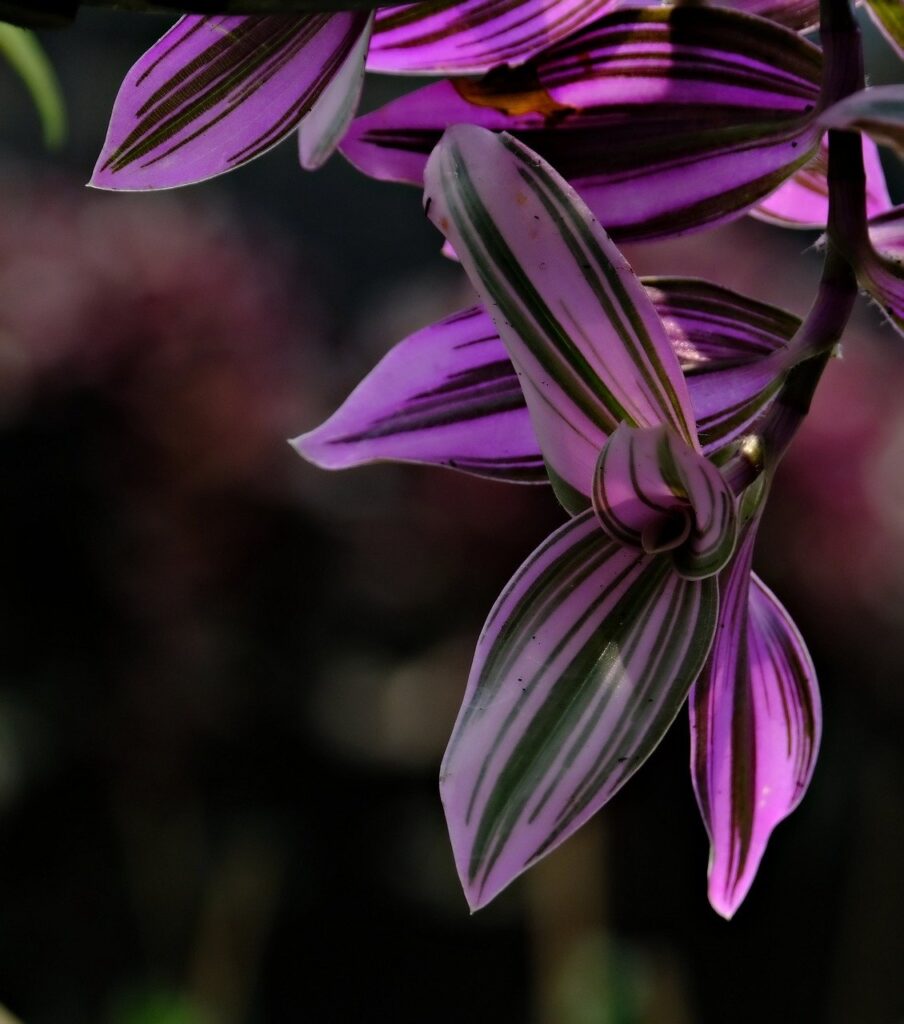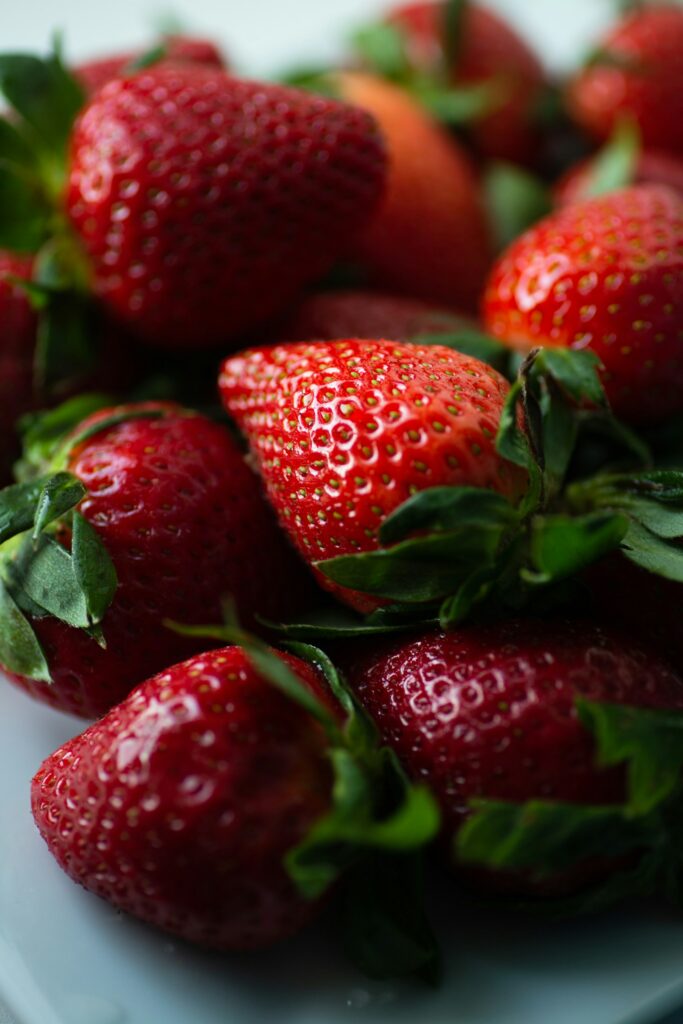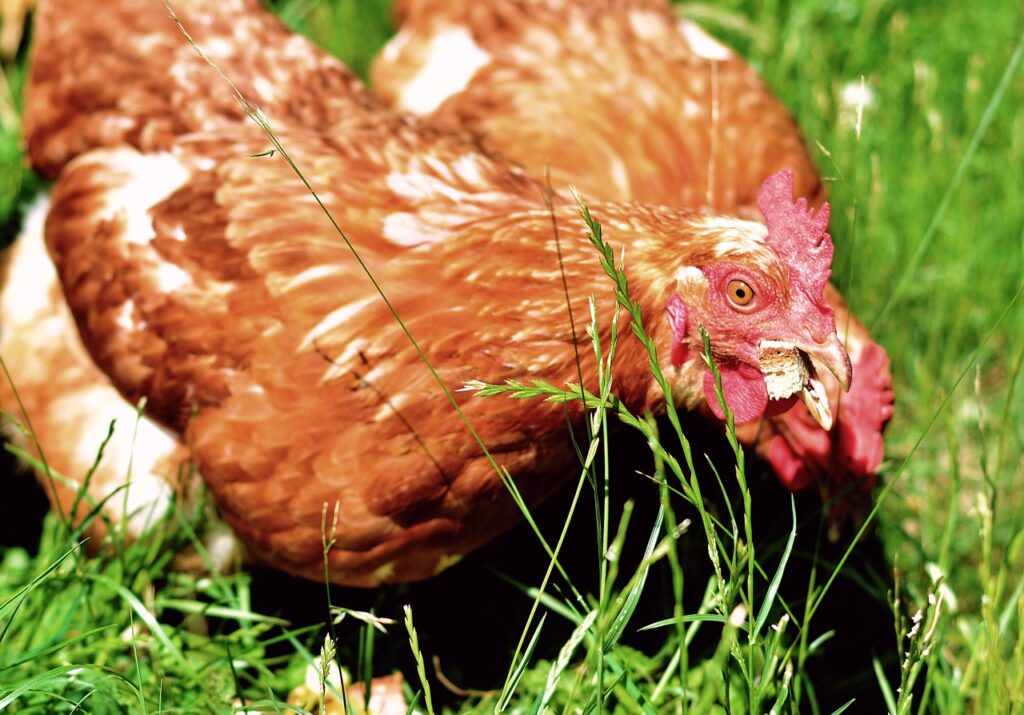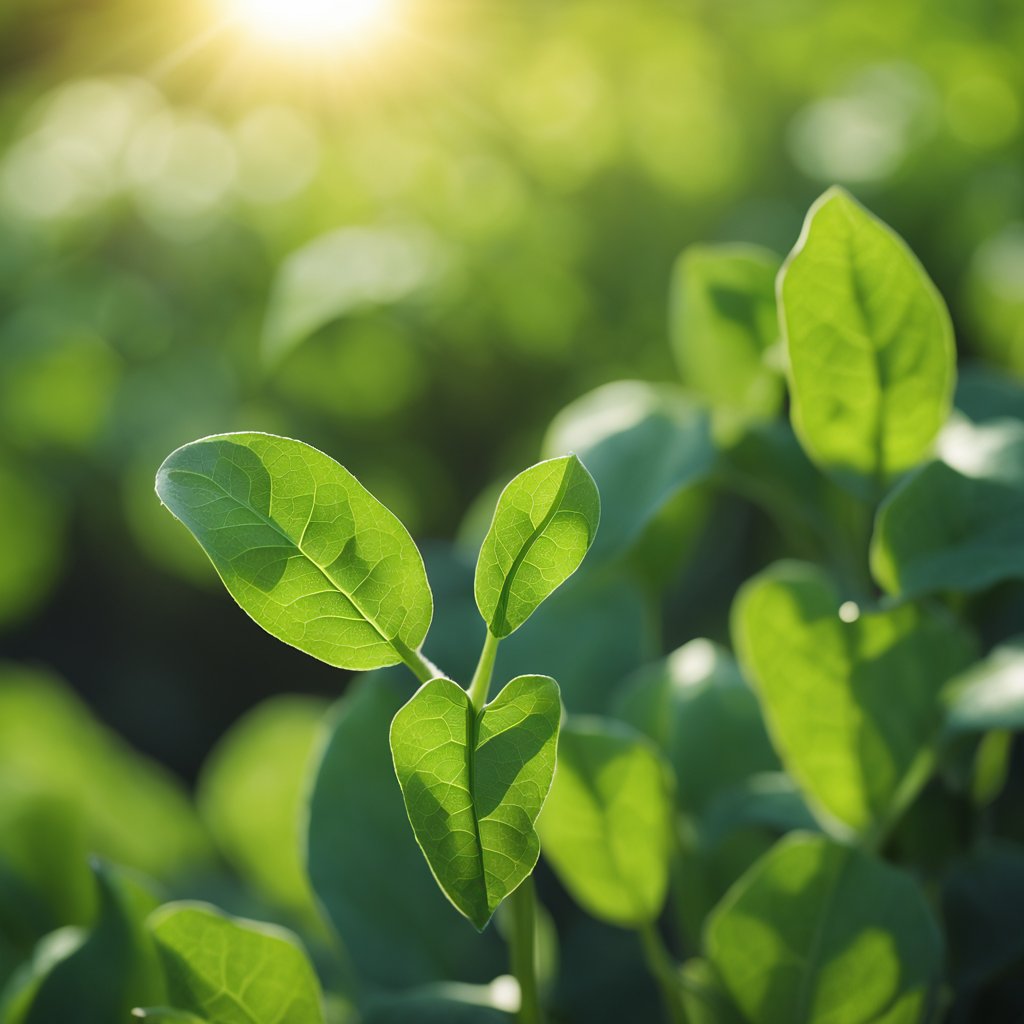
Chickens are often seen pecking around in the yard, eating a variety of foods. Backyard chicken owners and commercial poultry farmers alike often wonder what is safe for their chickens to eat. Potatoes are a common human food, and it’s not unusual for potato peels to end up in compost or be considered as potential chicken feed. Potatoes themselves are non-toxic to chickens, but there are certain considerations to keep in mind when it comes to feeding them the peels.
Peels from potatoes can be included in chickens’ diets, but it’s critical to know the condition of the peels and how they fit into the overall feeding regimen. Green potato skins contain a toxic compound called solanine, which can be harmful to chickens. This means that potato peels need to be free of green spots and cannot be from spoiled or moldy potatoes. Furthermore, potato peels should not be the main component of the diet; they should only serve as a treat.
Key Takeaways
- Chickens can eat potato peels that are free of green spots and not spoiled.
- The peels should be given as a treat and not replace a balanced, nutritional diet.
- Moderation is key to prevent any potential health risks associated with solanine in green potato skins.
Understanding Potato Peels and Chickens
The focus of this section is on the relationship between chickens and potato peels, including their nutritional content, presence of potential toxins, and how they can benefit poultry diets.
Nutritional Content
Potato peils are a source of nutrients beneficial to chickens, containing vitamins, minerals, and fiber. They contribute vitamins such as vitamin C and B-complex vitamins, essential for a chicken’s health. Minerals include potassium, magnesium, and iron, which support various bodily functions.
- Vitamins: Vitamin C, B-complex
- Minerals: Potassium, Magnesium, Iron
- Fiber: Supports digestion
Potential Toxins
A toxin known as solanine is present in potato peels, especially when the potatoes are green or sprouted. Solanine can be harmful to chickens if consumed in large quantities.
| Toxin | Consideration | Impact to Chickens |
|---|---|---|
| Solanine | Higher in green/sprouted peels | Can be toxic |
Benefits and Uses for Chickens
In moderate amounts, potato peels can be used as a supplement to a chicken’s diet, offering a diverse range of nutrients. Fiber from the peels aids digestion, while the vitamins and minerals can complement a balanced diet, contributing to the overall nutrition of chickens. However, it is crucial to ensure that the potato peels are cooked to reduce solanine levels.
- Potato peels as part of chicken feed: Adds fiber, vitamins, and minerals to the diet.
- Ensure peels are cooked: Reduces toxin (solanine) content.
Feeding Practices and Moderation
Proper feeding practices are crucial for maintaining the health of chickens, and moderation is key when giving them treats like potato peels. Understanding the risks associated with certain types of peels and the safe ways to offer them can ensure that these treats do not compromise the chickens’ overall diet and well-being.
Safe Feeding Guidelines
Chickens can consume potato peels as a treat, but these should be given in moderation as part of a varied diet. It is essential to ensure that the peels are cleaned and cooked to reduce the presence of solanine, a toxic compound found in green peels and other parts of potatoes, which are members of the nightshade family. Chicks, being more sensitive, require very careful consideration if introducing potato peels into their diet. The following list outlines key recommendations:
- Cooked Peels: Always serve peels after cooking to decrease solanine levels.
- Moderation: Treats, including peels, should not exceed 10% of a chicken’s daily intake.
- Variety: Complement peels with other treats like sweet potatoes and leafy greens for a balanced diet.
Common Risks of Feeding Potato Peels
Feeding raw potato peels can lead to solanine poisoning, manifesting as vomiting, diarrhea, paralysis, and other symptoms. The younger and smaller the chicken, the higher the risk, as their growth and digestion systems are more susceptible to disruptions. Peels from green potatoes or ones with sprouts should never be fed to chickens due to the heightened risk of solanine toxicity. Here are some associated risks:
- Green Peels: High in solanine, can cause poisoning.
- Raw Beans: Must be avoided as they can be toxic.
- Symptoms of Solanine Poisoning: Watch for reduced appetite, weakness, and confusion.
Alternative Treats and Supplements
Incorporating a range of treats and supplements is vital for comprehensive nutrition and growth. While potato peels can be part of this mix, safer alternatives are often preferred. Here are some appropriate options:
- Cooked Sweet Potatoes: A safer alternative, sweet potatoes do not contain solanine.
- Leafy Greens: Nutrient-rich and safe for chickens.
- Table Scraps: Can be given in moderation, excluding fatty or salty foods.
By adhering to these practices, potential risks are minimized, and chickens can enjoy the occasional potato peel treat without adverse health effects.
Potential Health Impacts on Chickens
Chicken owners should be aware of both potential health benefits and risks associated with feeding potato peels to their poultry. Proper preparation and understanding of potato peels’ nutritive content are essential for ensuring the flock’s well-being.
Impact on Digestion and Nutrient Absorption
Potato peels can be a source of nutritional value for chickens, including vitamins, antioxidants, and minerals such as potassium and magnesium. These nutrients are beneficial for the development of strong muscles and healthy feathers. Potato peels also contain fiber, which may aid in digestion. However, improper feeding of potato peels can lead to difficulties in nutrient absorption.
Benefits:
- Fiber in potato peels can aid in digestion, potentially reducing food waste.
- Contains vitamins and minerals that contribute to overall nutrition.
Risks:
- Excessive consumption might hinder the absorption of other nutrients, leading to deficiencies.
Recognizing Symptoms of Toxicity
Potato peels, especially those that are green or sprouted, contain solanine, a toxic compound that can cause solanine poisoning in chickens. Symptoms of toxicity include weakness, problems with vision due to impact on the eyes, and reduced growth. When feeding chickens potato peels, it is crucial to monitor them closely for these signs:
- Signs of solanine toxicity:
- Weakness or reduced muscle control
- Vision issues
- Lack of appetite, leading to stunted growth
Preventive Measures and Chicken Care
To ensure safety while utilizing potato peels to reduce food waste and enrich chickens’ diet, follow these preventive measures:
Hydration: Ensure chickens have constant access to clean water to aid in digestion and flush out potential toxins.
Peel Preparation: Only offer potato peels that are fresh, clean, and devoid of any green tints or sprouts.
Moderation: Feed potato peels in moderation as a supplement to a balanced diet rich in nutritional value.
Monitoring: Watch for any adverse reactions over time and adjust diets accordingly to maintain the health of your chickens.




